
[Keith]’s cousin gave him a LCD with a noisy backlight. He decided to replace it with a series of high output LEDs. He sourced some locally in the form of cheap LED headlamps from an auto-parts store. The results look pretty good – and the write up contains this gem: “…One [LED] also exploded due to an accidental overvolt. Shot me in the Chest. Panel okay though” Nice work.
Month: January 2007
Optoisolated Xmas Light Control
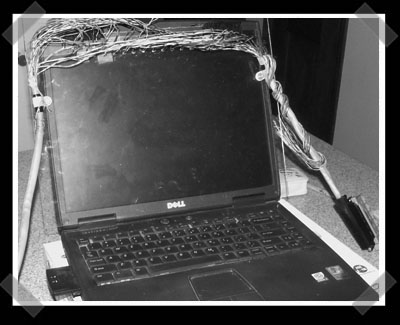
[buzzkill] brought this crazy christmas light controller to my attention. The hack is pretty neat. The potiometers in several standard dimmers were replaced with photo-resistors. When squares of the screen are lit, the dimmer is activated. In essence, it’s a cheap optoisolator for controlling AC power. The software that generates the interface appears to be sound actuated once it’s programmed by the user.
Oldschool NES ‘repair’ How-to
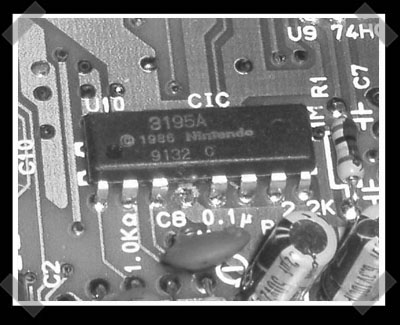
[sebastian] sent in his NES ‘repair’ how-to. (coral cache) It’s more of a guide to modding the NES for more user friendly operation. Emulators and a USB game pad usually do the job for me, but there’s nothing quite like the original hardware. Hmm, I just ran across my NES advantage joystick earlier today.
JScanlogAlert Hardware Network Monitor
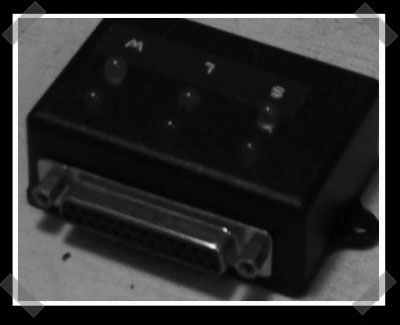
[Jose] sent me this interesting little project. JScanlogAlert is a combination of hardware and Java software designed to monitor your network for undesired traffic. (looks like fun for capture the flag competitions.) The hardware is simple – the data lines of a parallel port are used to trigger LEDs that signify the network state.
Cheap Function Generator
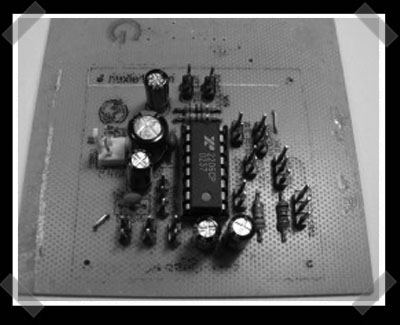
I’m inclined to put up [nuxie1]’s function generator how-to because he also submitted a very nice Design Challenge entry. The generator is based on the cheap XR2206 IC which will generate functions at up to 1Mhz. Definitely handy to have around.
His Design Challenge entry was really over the top. It’s another USB PIC programmer, but he laid out three different desings. A full-on SMD, a home build SMD and a through hole board. Nice work.
We’ll be announcing the winner of the Design Challenge in another week and a half or so – we got quite a few entries and it takes a while to really review them.
DC Entries: Relay Board, PONG
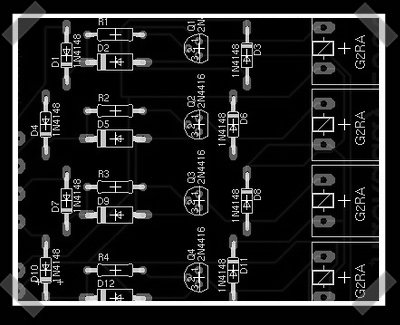
I’ve got a couple more design challenge entries for ya. (The first one made the entry deadline, but he had to repost it to another web host – no whining about how it was posted on the 26th)
[Joe]submitted his Parallel port relay board. He’s still working on the software to drive it, but the board looks good. He suggests cutting a parallel cable to make the input. (I’ve done it, it’s a pain) I’ll suggest soldering the inputs directly to a solder style DB25 – or add some edge traces so that a cheap solder style connector can be attached directly to the board.
[Andrew] built and submitted UPONG – Pong on a LED dot matrix display. It reminds me of the pong hat. He’s even put up a video of the game in action.
AVR Laser Projector
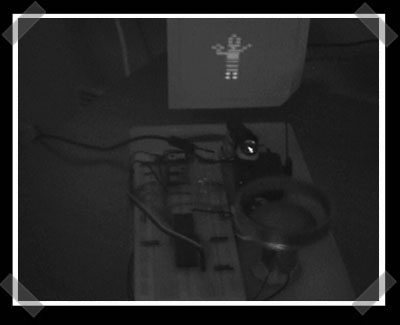
I’ve seen a few simple DIY laser projectors that just oscillate the beam. This one (scroll past the pong game) has 16 lines of resolution. Sixteen mirrors are rotated by a motor, and an AVR controller pulses the laser to draw the image. Via Asish’s Programming Journal (Worth checking out, he’s been doing several webcam laser pointer projects.)











